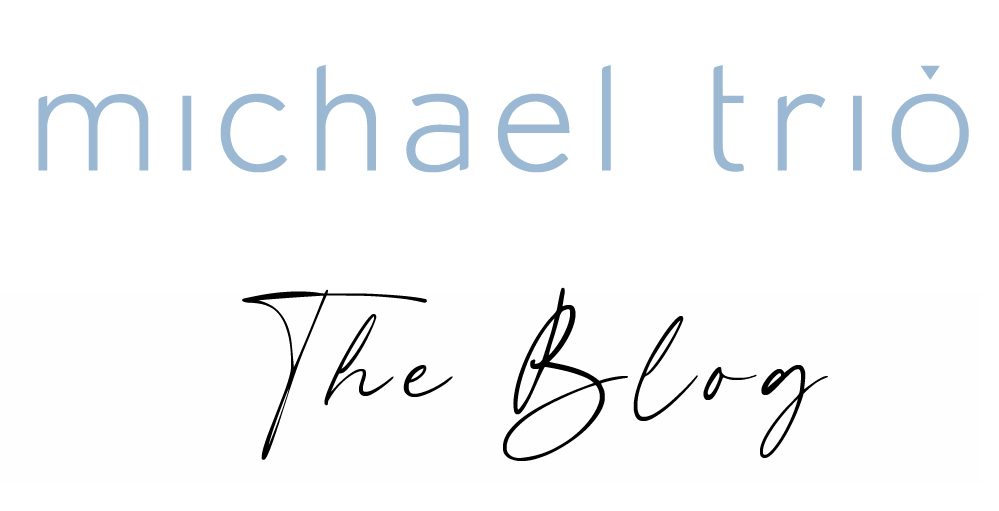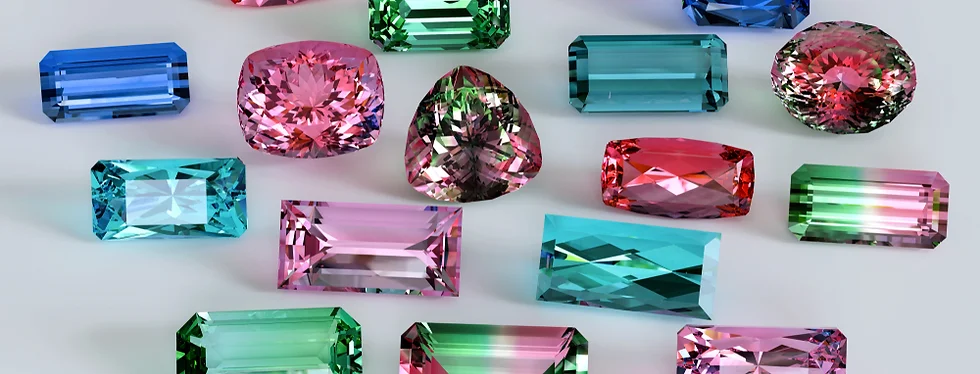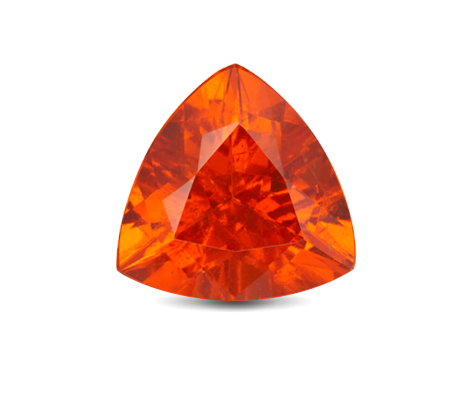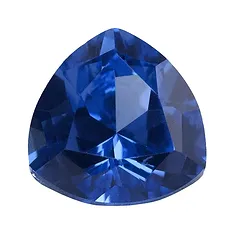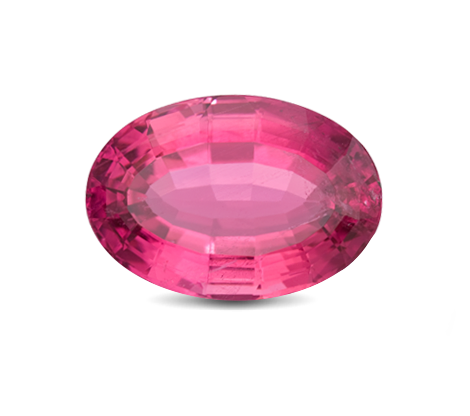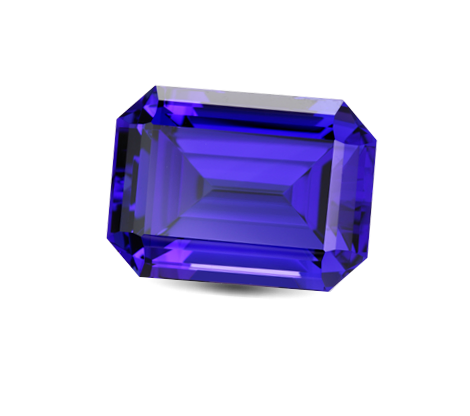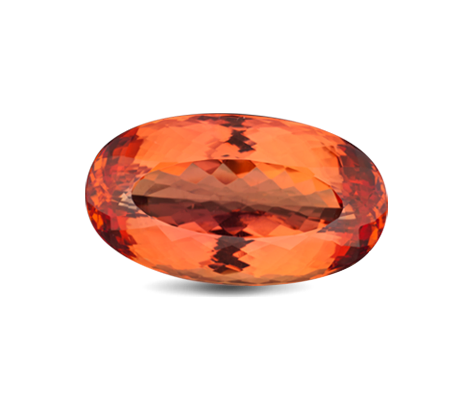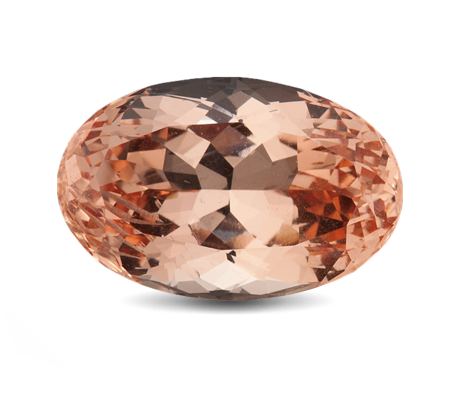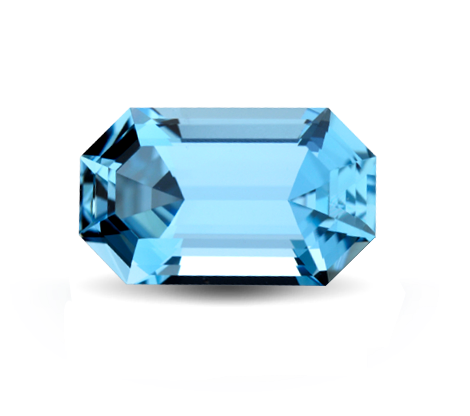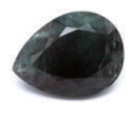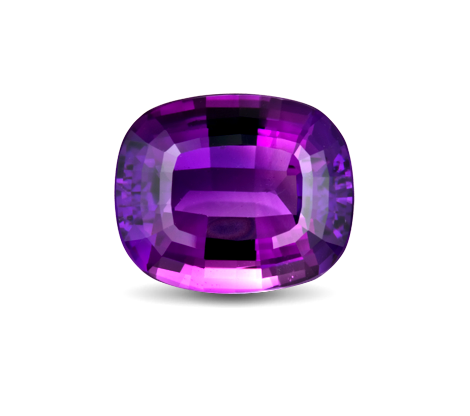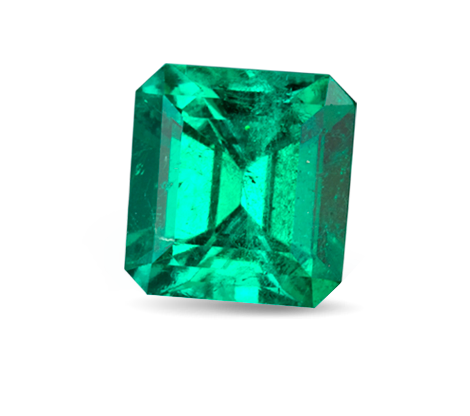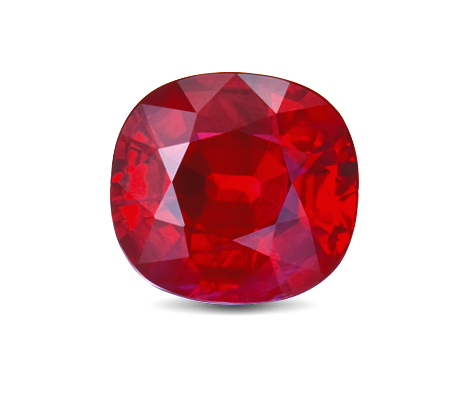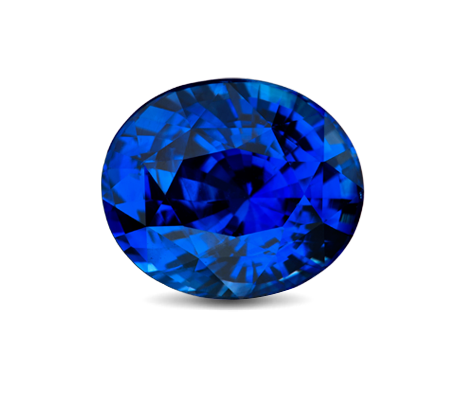Overview
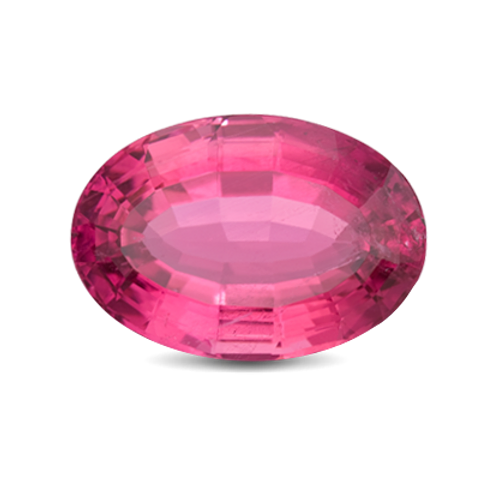
About Tourmaline
Derived from the Sinhalese word, toramalli, which means mixed gems, Tourmaline offers one of the widest colour range among the gems. Loved by the Chinese Dowager Empress Tz’u Hsi for its colour, it is craved into jewellery and snuff bottles in China. This pyroelectric gem is also the Birthstone of October. Explore this gem and its wide range of colours right here.
Tourmaline Properties
Mineral: Tourmaline
Chemistry:
- Elbaite (Na(Li1.5,Al1.5)Al6Si6O18(BO3)3(OH)4)
- Dravite (NaMg3Al6Si6O18(BO3)3(OH)4)
- Liddicoatite (Ca(Li2Al)Al6Si6O18(BO3)3(OH)3F)
- Chromedravite (NaMg3Cr6Si6O18(BO3)3(OH)4)
Refractive Index: 1.624 – 1.644
Birefringence: 0.018 – 0.040
Specific Gravity:3.06
Mohs Hardness:7.0 – 7.5
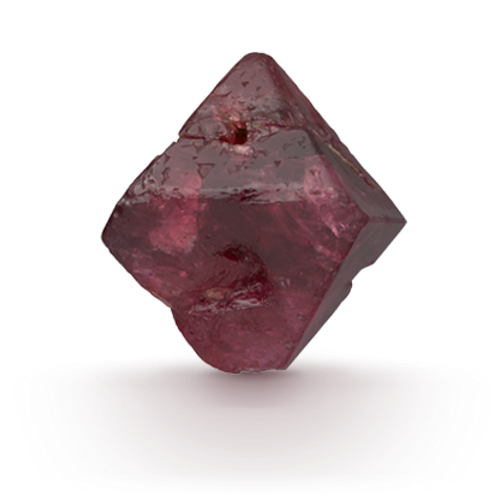
Main Colours
Green
Pink
Other Colours
All Other Colours
Common Shapes




Birthstone Month
October
Treatments / Enhancements
Heat Treatment is usually used to improve colour and clarity
Origins
Brazil, United States, Pakistan, Afghanistan, Madagascar, Tanzania, Sri Lanka
Colour
Colour is the most significant factor affecting the value of a Tourmaline.
Tourmalines are a group that includes a number of different minerals, so appearances vary widely. Buyers have to be aware of the types of tourmalines. Learning about the large variety of tourmalines can be daunting, but it is much easier to recognise them from their colour.
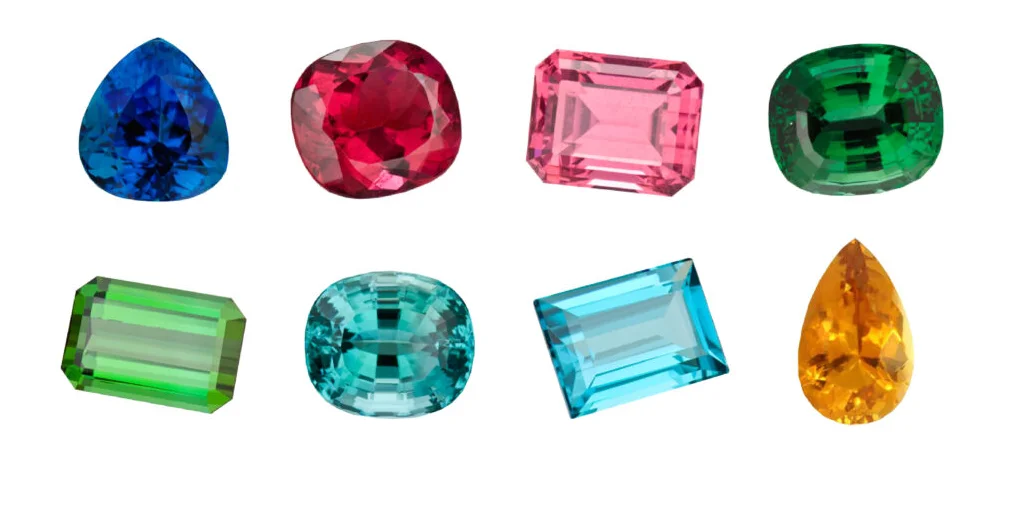
Tourmalines with different undertones
Colour Grades of Tourmalines
Tourmalines not only have different colour/undertone shades, they also come in colour shades with varying intensity as well. Below is some of the Tourmalines with different shade intensity.
Vivid
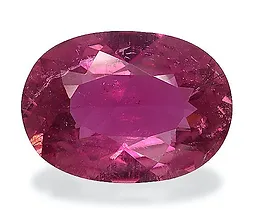
Intense
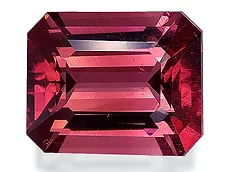
Medium Intense
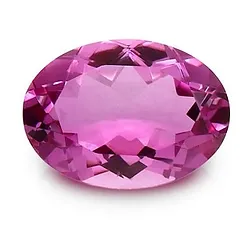
Light
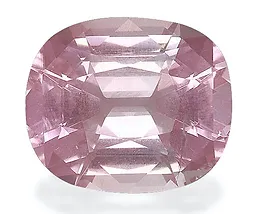
Types of Tourmalines
Tourmalines have a few variety of minerals with different chemical formulas, which results in them having distinct and varying colours. While most Tourmalines are Elbaites, there also also Dravites, Uvites and Schorls, each with its once chemical formula and distinct colour. Using colour is probably the most easiest way to distinguish between the different garnets.
Rubellite
Being a variety of Elbaite, a tourmaline variety which contains lithium. It is easily disinguishable by its pink and red colours. Highly coveted by the Chinese Empress, it is one of the more sought after and readily available variety of Tourmaline on the market.
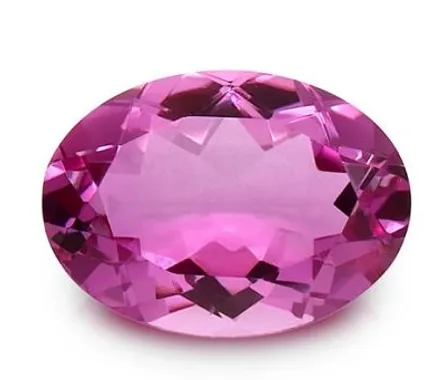
Dravite / Chromium
Dravite also known as Brown Tourmaline, Dravite is a variety of tourmaline that is sodium and magnesium rich. This variety of tourmaline is usually found at Dobrova, Solovenia, near the Drava River where it gets it namesake from.
It has a deep green chromium variety and a vanadium variety. It is easily distinguished from its brown or dark green colour. While it cannot match the luster and brilliance of a Tsavorite, it is significantly cheaper as compared to a Tsavorite of the same quality and size.
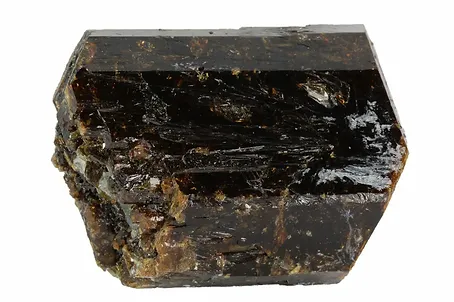
Paraíba / Indicolite
Paraíba Tourmaline gets its name from Paraíba, Brazil. It is a variety of Indicolite, which is also from Brazil. It has colour hues ranging from Violetish Blue to Blue to Greenish Blue. The colour is normally caused by copper.
The most valued colours are Blue and Violet. Traders then to use trade names such as electric, sapphire, turquoise or mint green.
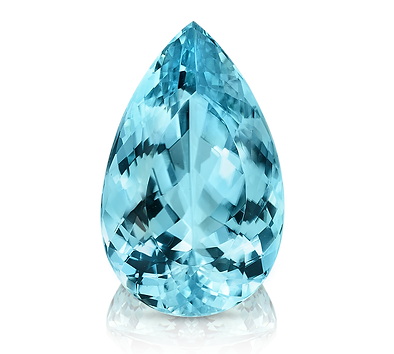
Parti-Coloured / Watermelon
Parti-Coloured Tourmalines often times have 2 or more colour within 1 crystal. This is caused by the change in element concentration during its growth.
The most common variation of this is having green and pink within one crystal. This variation is often referred to as Watermelon Tourmaline as it resembles the rind and flesh of a watermelon, having a pink crystal ending with a green tip.
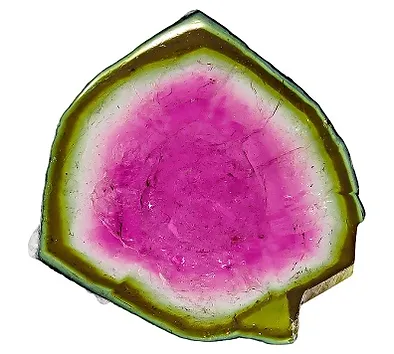
Clarity
Clarity of a gem is judged based off the gem’s opacity and how much inclusions does the gem contain. The assessment of clarity is often done thru eye clean and it follow the same grading as with diamonds. Inclusions within the gem affects the value of the gem. The more visible the inclusions are to the visible eye, the lower the value of the gem.
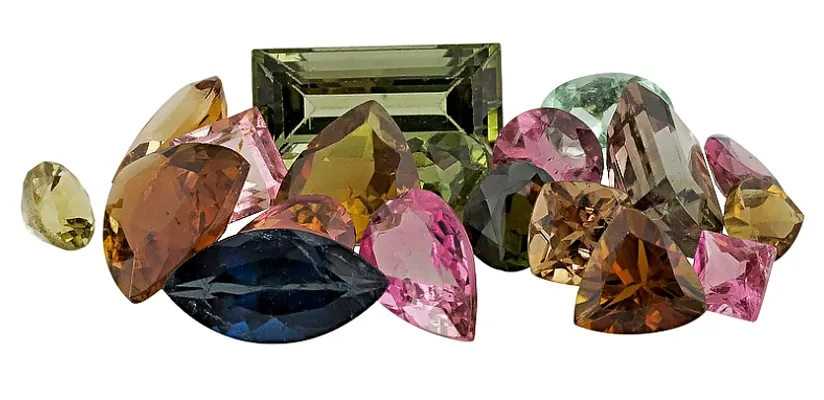
Tourmaline sold for jewelry has inclusions that can only be seen under magnification. Any eye visible inclusions decreases the gems value. Due to Tourmalines growing in environments that are rich in liquids, it is common for liquids to be captured and appearing as inclusion within gems. Under magnification, it can be seen as being filled with gas or liquid bubbles.
Clarity Grades of Tourmalines
Clarity in transparent Tourmalines is assessed by naked eye only and at distance of about 40cm. Tourmalines are classified as type 3 stones. This means that they are eye clean, but theres usually some eye-visible inclusions within the gem.
Tourmaline Inclusions
Some inclusions within Tourmalines can raise its value instead of decreasing it. It also give the Tourmalines a very distinct look, making it special and more appealing. Inclusions within Red Tourmalines are tolerated if they are strong and attractive in colour. It is common for red and pink Tourmalines to contain inclusions while green Tourmalines are usually expected to be free of eye-visible inclusions. For other colours, gems with no eye visible inclusions are definitely prized higher due to the inclusion within lighter toned gems being more visible than darker tones.
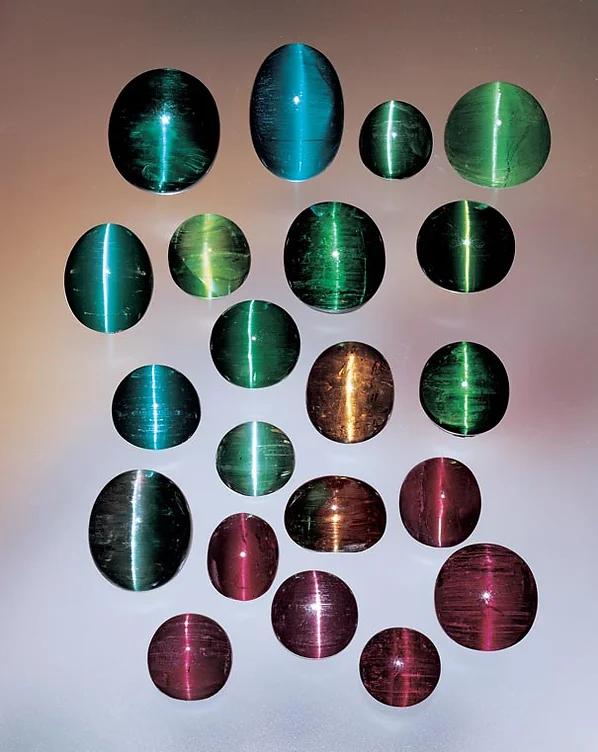
Special Inclusions
One of the more common inclusions within Tourmaline is thread-like cavities that run parallel to the length of the crystal, more commonly known as cat’s eye due to its resemblance to it. This inclusion often increase the value of the gem itself as it is very unique and beautiful
Cut
Tourmaline roughs usually have and elongated shape to them which affects the way it will be faceted. This results in Tourmaline having many narrow and non-standard shapes. Although unique and attractive, many still prefer the standard shapes because they are easier to be set on standard mountings.
As Tourmaline is strongly pleochroic, and one of its pleochroic colours is usually darker than the other. So cutters have to cut the gem in a way that maximises their colour. They usually cut it based off the depth of the colour. If they want darker colours, it will be cut in a perpendicular manner. If they want lighter colours, it will be cut in a parallel manner.
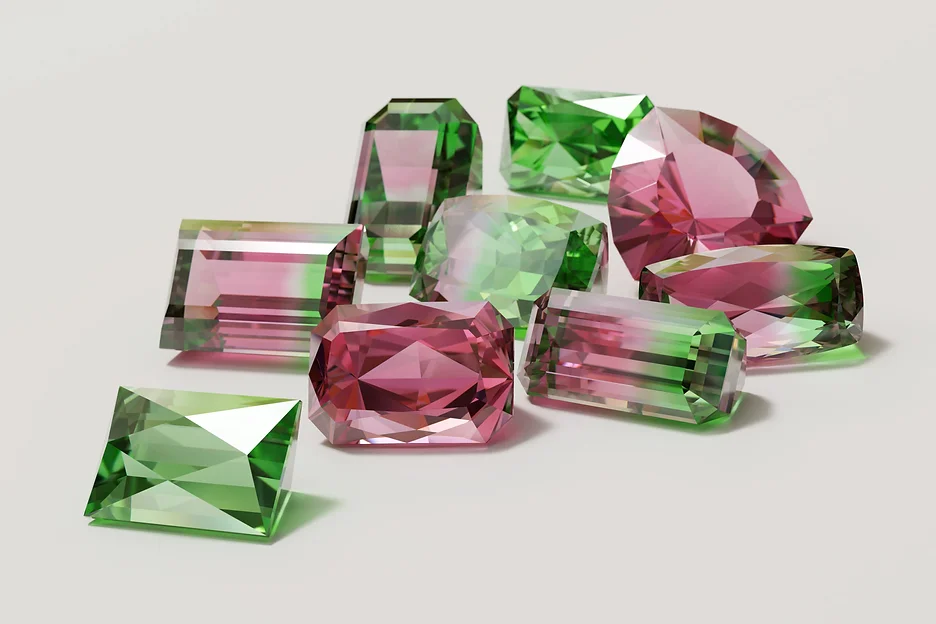
Carat
Gemstones such as Tourmalines are denser than diamonds, therefore the carat weight for a gemstones differs from that of a diamond. Size of gemstones, including Tourmalines, are measured by carat as well as their diameter in millimetres. However, Toumalines are more valued for their colour, cut and clarity.
Faceted Tourmalines have a considerably higher price per carat as the size increases. Availability decreases and price rises sharply for roughs that are of facet quality. For gems with similar quality and clarity, the price increases significantly once it goes past the 5 carat milestone.
